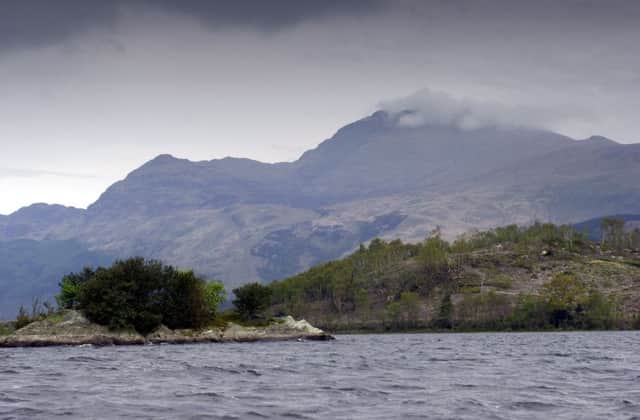Wild camping ban clashes with vision for parks


Scotland was one of the last countries in the world to establish a national parks system. MSPs in parliament spontaneously gave the National Parks Act 2000 a round of applause when it was passed; Scotland had finally caught up and our most cherished and spectacular landscapes, with their natural and cultural heritage, would be protected for all to enjoy. Now, both our national parks are highly successful in attracting visitors and contributing to the Scottish economy – a study by VisitScotland found that more than one million UK residents visited the two national parks in 2011, spending more than £240 million.
From the remote, vast sub-arctic plateau of the Cairngorms and the ancient native pinewoods around its flanks, to the rugged mountains, forests and lochs of Loch Lomond and the Trossachs, recreation opportunities abound. These national parks are close to our towns and cities, easily accessible to most of Scotland’s population, and successive Scottish governments have ensured that the parks are relatively well funded, allowing residents and visitors to coexist with the natural world and supporting developments that have due regard for environmental needs.
Advertisement
Hide AdAdvertisement
Hide AdOne way to enjoy the parks is by spending a night in a tent. If you’re paddling on the lochs on a multi-day trip, introducing your children to their first informal camping experience, or enjoying a quiet evening’s angling before pitching a tent nearby, the right to wild camp in Scotland is much treasured. Of course, with rights come responsibilities and “Leave no trace” principles embedded within the Scottish Outdoor Access Code are crucial in driving forward the message that we should behave in a caring and responsible manner in the outdoors, protecting our natural heritage as we enjoy the enriching experiences it brings. Many thousands of people do indeed camp in line with the Code throughout Scotland each year.
So the recent proposals from the Loch Lomond and the Trossachs National Park to ban camping along huge swathes of the park due to issues arising from visitor pressure are disappointing. Yes, there is a minority antisocial element who party loudly on the lochshores, but there are already laws in place to address this and the answer lies in more effective rural policing. Yes, local residents are understandably fed up with summer long encampments and have looked to the park to resolve the issue, and Drummond Estates on Loch Earn have worked with the park this year to show that existing public order law can be used to deter such long stay visitors. Where cumulative impacts of regular camping activity are damaging the lochshore vegetation, many solutions exist which can quickly resolve these issues. These are all laid out in National Access Forum guidance on managing camping pressures and include education, managing car parking and the provision of new campsites, litter collections and toilet facilities.
A camping development plan to monitor the effect of these measures and adjust them accordingly, should be in place before any further consideration is given to by-law proposals which should be left as a last resort. The park has counted up to 800 tents on busy weekends and yet just 29 new camping spots have been created so far. Surely if there is a huge demand to visit and enjoy these places, that’s exactly what the park was set up to encourage and manage? It is in line with government policy, after all, to get people outdoors and this is an inexpensive activity for many individuals and families on low incomes.
The park claims the no-camping zones will only affect 3.7 per cent of the park, but these zones run for over 150 kilometres, covering precisely those areas which are most accessible and attractive. They include significant stretches of the West Highland Way and some cycle paths. Many people will simply go elsewhere, moving the pressures to land outwith the park.
Ramblers Scotland has objected along with other national recreation bodies including the Scottish Sports Association, Mountaineering Council of Scotland, Scottish Canoe Association, Royal Yachting Association and the government agency, Sportscotland. The proposals are now being considered by the environment minister, Dr Aileen McLeod. Please ask your MSPs to help stop these camping by-laws which undermine the public rights of access secured by the Scottish Parliament in 2003. National recreation bodies are ready to work with the park authority to find workable solutions. In a country with such highly prized access legislation, such a wealth of natural and cultural heritage, and such creative and dynamic people, surely we can devise creative and dynamic solutions that don’t depend upon introducing unnecessary and inflexible additional legislation?
• Helen Todd is campaigns & policy manager for Ramblers Scotland
SEE ALSO